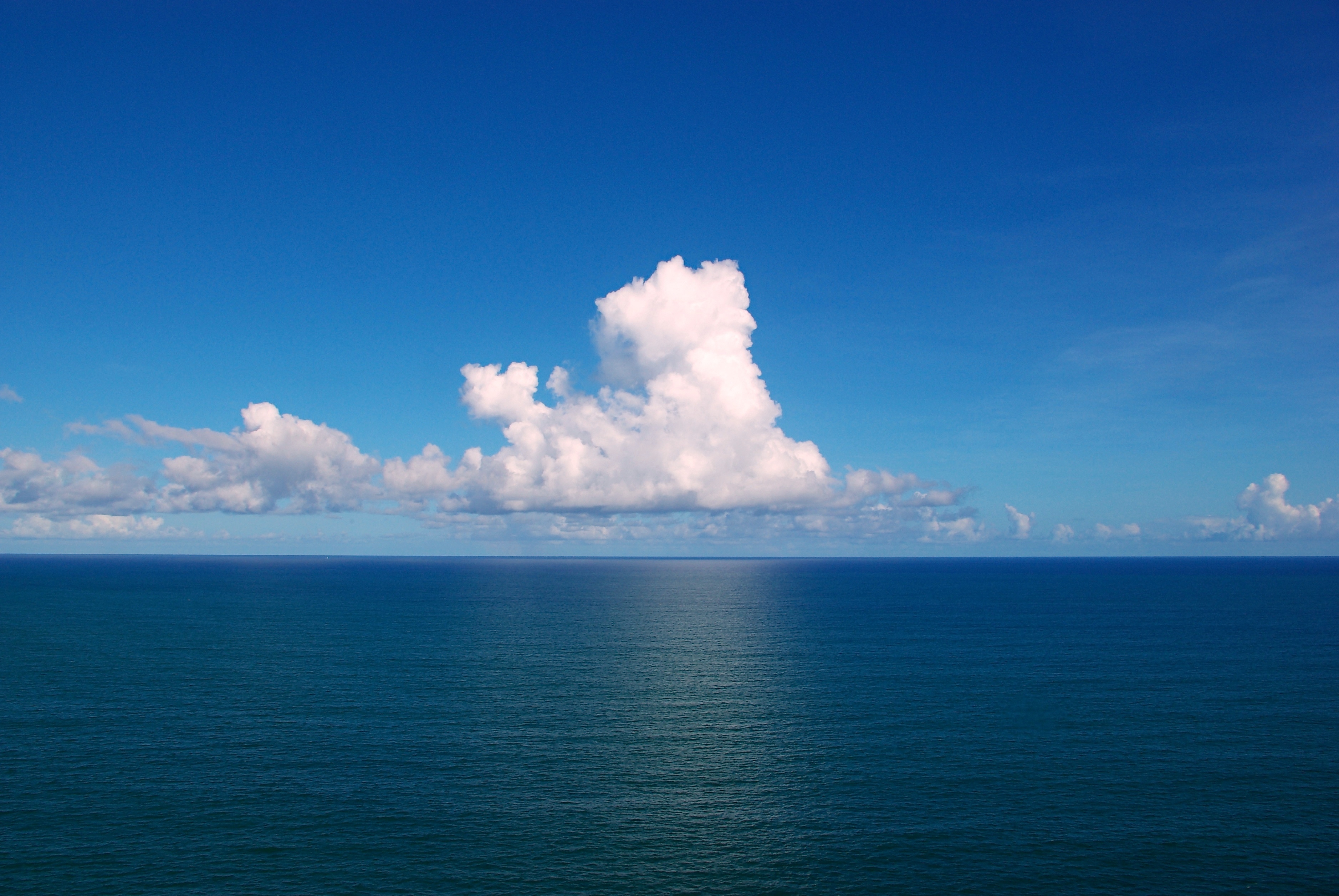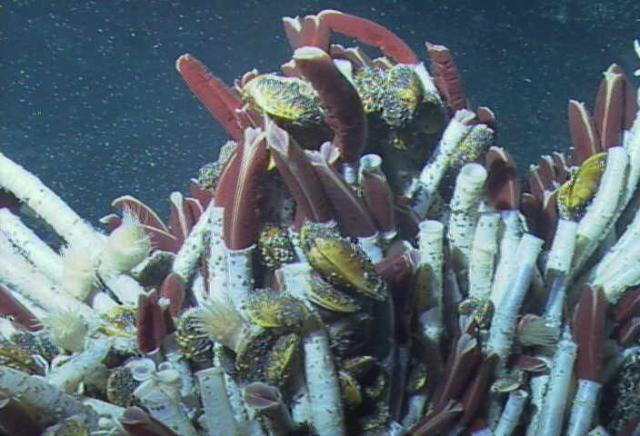I wonder about the ocean.
The smell of a salty breeze, the curios washed ashore, the miniature worlds in tide pools, the rolling expanse of waves - I instantly revert into a 6-year-old with a bucket and a net. That's just as well, because childish curiosity is probably the most appropriate response to the epic vastness and depth of the sea. Fantastical alien worlds lie just under the surface, out of reach. What is
going on in there?
Centuries of dedicated scientific inquiry have yielded boatloads (sorry) of information about the flora and fauna of the ocean. Just as on land, scientists have used a variety of tools to chip away at a wall of questions about the ecology, life cycles, distribution and evolution of the menagerie of life in the ocean. As our analytical techniques and technological toolset grew, we were able to address old questions and discover new phenomena that hadn't even occurred to us. A system of
satellites,
buoys, and drifters was employed to precisely map oceanic currents, a dream to Magellan and Drake. The accidental spill of
28,000 rubber ducks from a container ship in 1992 also helped. As knowledge expanded, we encountered new phenomena we had never anticipated, generating still more questions. Piloting the deep sea submarine "
Alvin,"
Robert Ballard found whole complex ecosystems at the
hydrothermal vents on the ocean floor that we had never imagined." These ecosystems derive their energy not from the sun, but from sulfides belched into the ocean from deep in the earth.
One of the particularly frustrating remaining mysteries of the ocean is where large animals (megafauna) go and what they do. Sharks, whales, seals and turtles break the surface here and there for a short while and then slip back under the waves just as mysteriously, leaving us wondering where they were going and why. Are the
Great White Sharks seen off the coast of Cape Cod in August the same individuals seen around Florida? Where do hammerhead sharks go when they're not cruising around reefs? Why are whale shark feeding congregations 70% male - where are the females? These animals are some of the most majestic and awe-inspiring in the world, and we have no idea what they're doing most of the time.
Satellite tracking studies, in which small devices loaded with sensors are attached to these animals, have done much to fill in the gaps in recent years. A lot of this information is helpfully compiled at
http://www.topp.org/, and through it we have learned a great deal about the lives and migrations of marine megafauna. Whale shark feeding congregations are largely male because
females are likely at sea-mount nurseries off in the open ocean, where there are fewer predators. Great Hammerhead sharks similarly
migrate out to particular points in the middle of the ocean, outside of their previously-known range, and into international waters where the protections on hunting them can't be enforced. These sharks migrate in
astonishingly straight lines, leading to hypotheses that these sharks navigate using the magnetic signatures of the earth, a mechanism called "
geomagnetic topotaxis." Great White Sharks also
travel huge distances, but take more meandering courses.
Satellite tracking studies shine a light on previously unknowable aspects of some of the most impressive animals on Earth. We're slowly building an idea of where and why they congregate, and how they navigate the ocean. As knowledge is uncovered, new questions arise; what kind of sensory systems allow to hammerheads to sense magnetic fields? As with all science, we build new tools and use them to answer old questions, and in the process stumble upon the unexpected. Inevitably, in exploring the shrouded corners of the world, we discover the depths of our own ignorance.





No comments:
Post a Comment